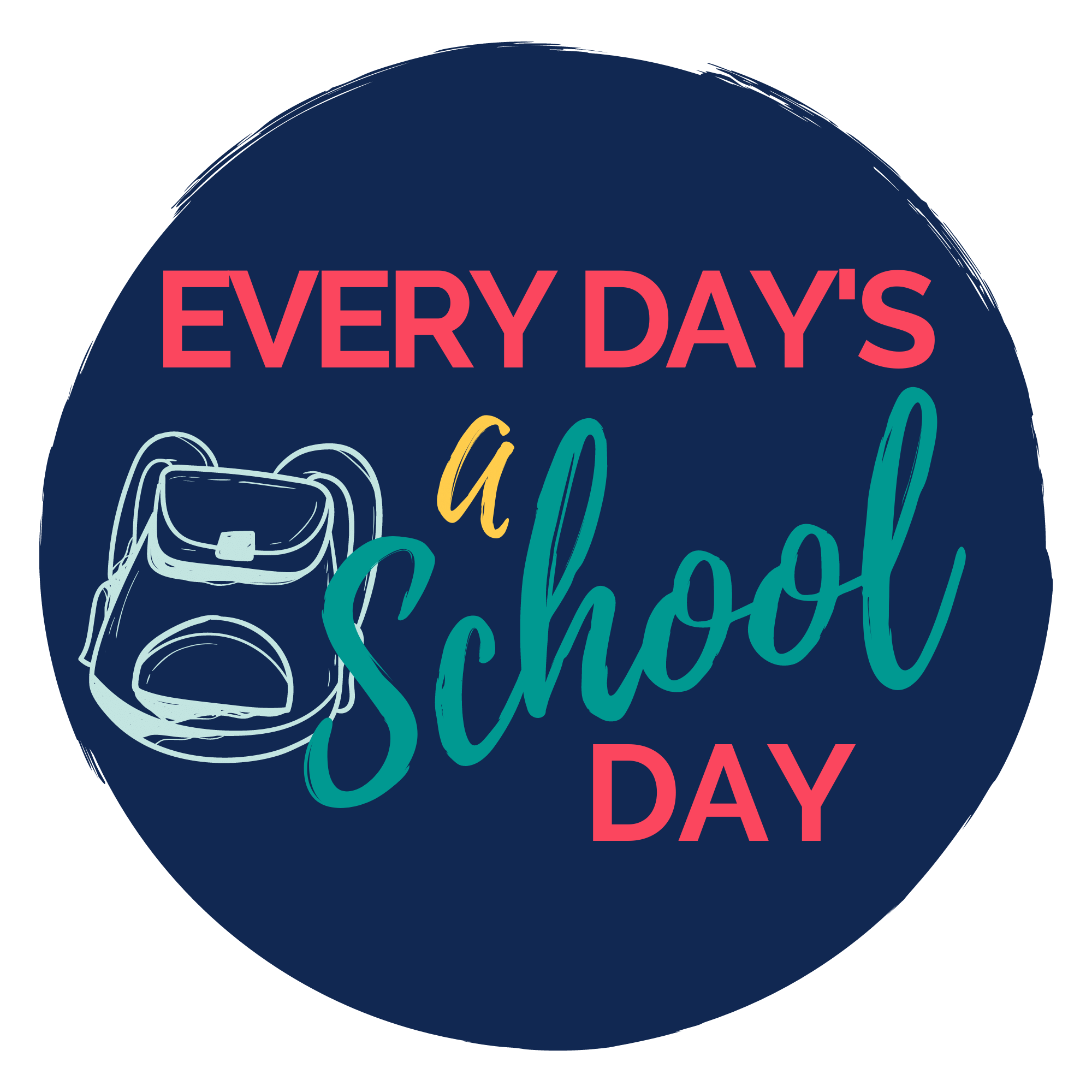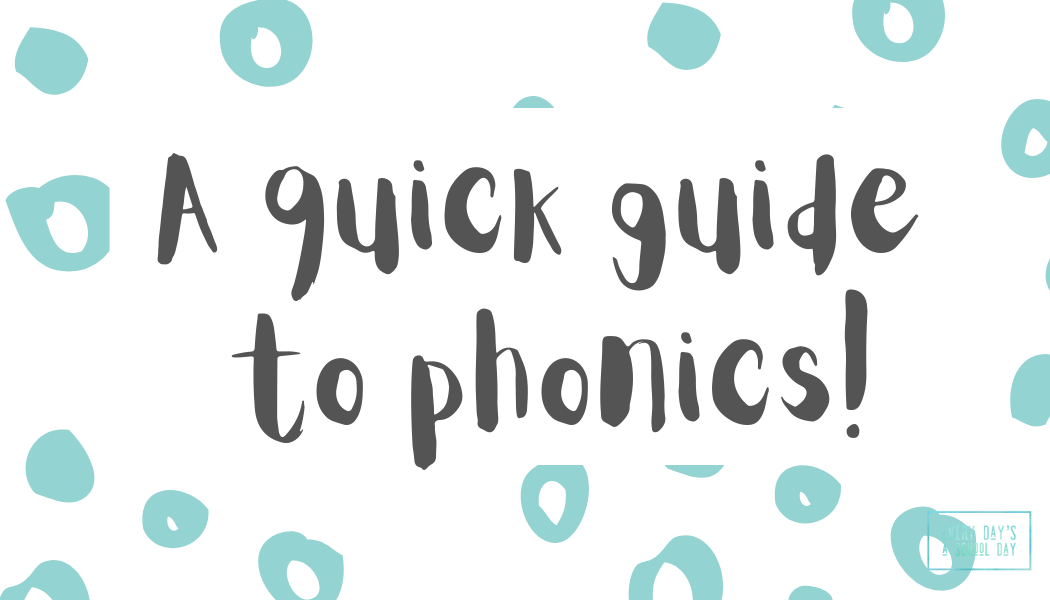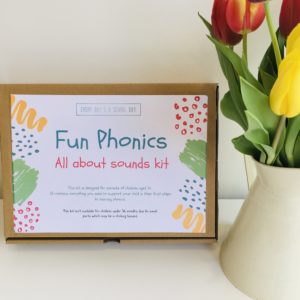We’ve all heard of it…but does anyone actually know what it is? Ever wondered what the heck teachers are talking about in your child’s report or during parent’s evening when they mention phonics? Well, quite simply, phonics is HOW children are taught to read and write. Children learn the sounds that single letters and groups of letters make then use this information to read words and spell words. Simple, hey? Well….in principle it is! ‘But I was never taught like that’, I hear you cry!! No and it can feel confusing so we’re here to help. Learning sounds helps children spell and read by breaking down each word rather than just learning spelling rules.
During the course of the first few years of school, your child will learn all of the sounds that are needed to help them spell and read words. Phonics is grouped into levels of difficulty and these groups are called Phases. Your child will be taught the letters and sounds in each Phase and taught rules that apply to these sounds. There are, of course, a few words that we cannot apply these rules to and these are called Tricky Words or Common Exception Words. Children learn to recognise and remember these as whole words.
Here’s a brief overview of the Phases:
Phase 1: This is focused on listening skills, hearing sounds and making sounds in different ways. It also includes rhyming, syllables and hearing sounds in words. Phase 1 is taught at nursery and pre-school. It is such a vital part of phonics learning that is sometimes overlooked in a rush for children to learn letters.
Phase 2: This is taught in the first year of school. Children will learn the most commonly used sounds, the letters which make these sounds and how to read and write them. They also learn some Tricky Words which don’t follow the sound patterns they have learnt. Some pre-schools will start to teach some sounds but this is always recapped at school.
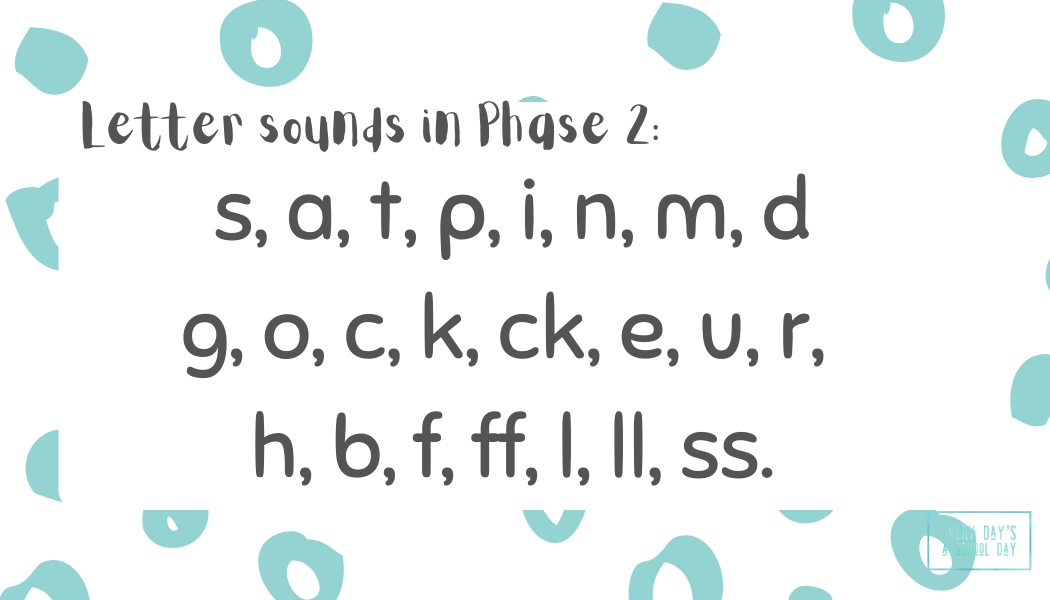
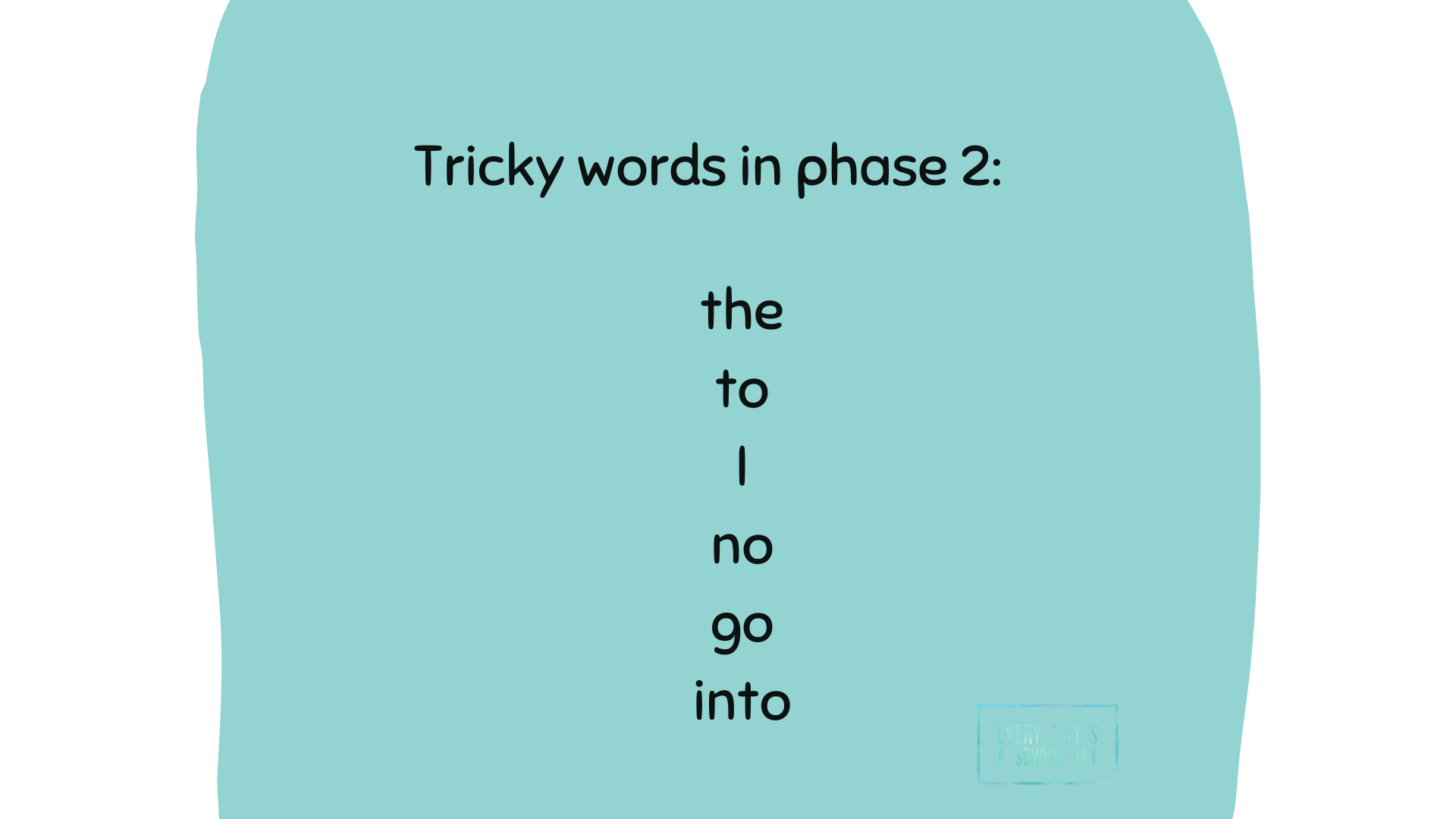
Phase 3: Also taught in the first year of school, phase 3 includes more sounds, tricky words and also where two or three letters are used to make one sound (digraphs and trigraphs, for more on these see our jargon buster info at the end of this blog)
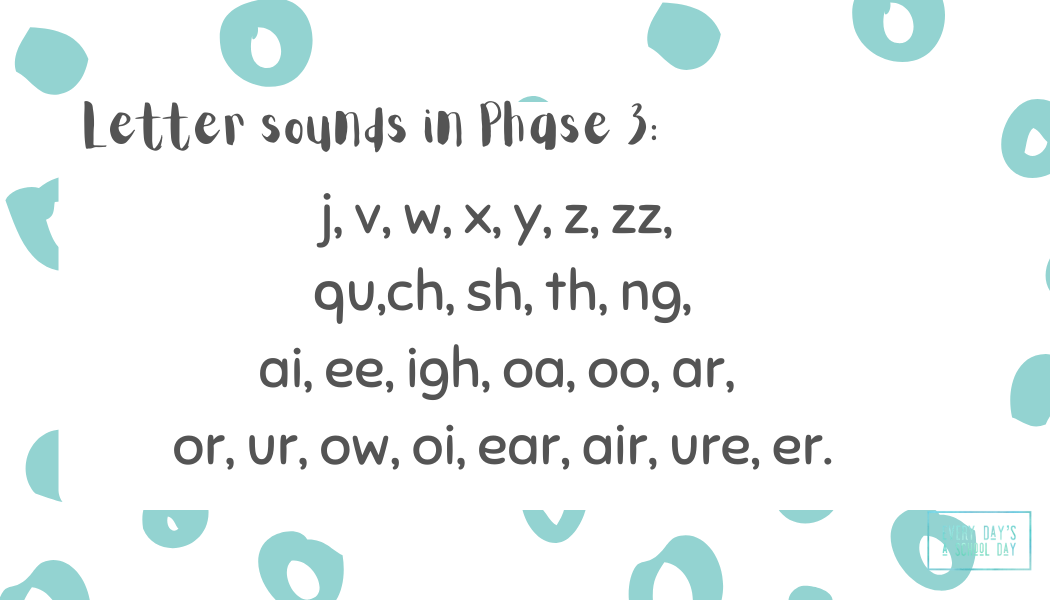
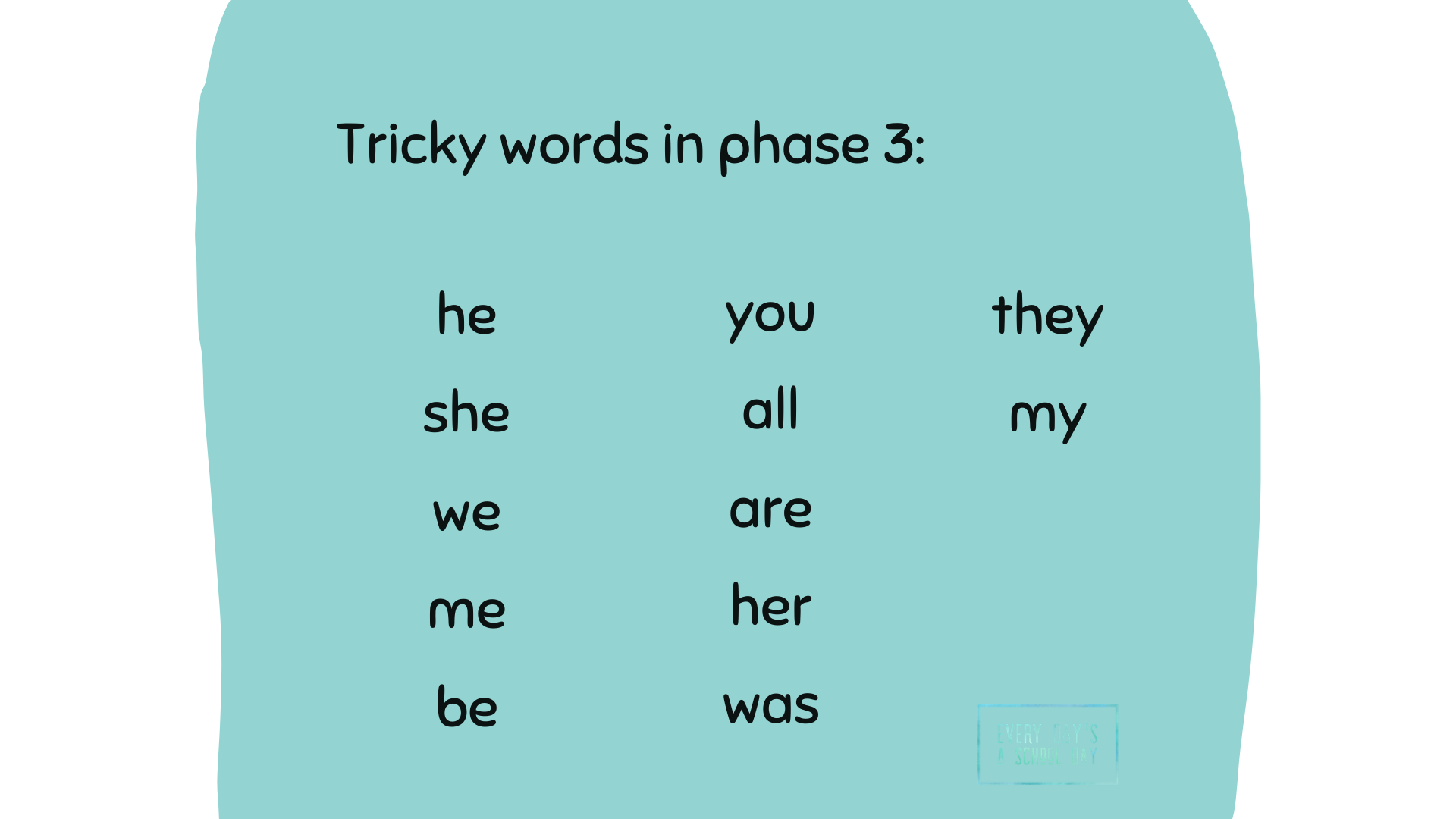
Phase 4: Sometimes taught in children’s first year at school and recapped in Year 1, sometimes started in Year 1. Phase 4 does not include new sounds, instead children learn longer words and where we blend consonants together e.g lamp, crisp, frog, step. They also learn lots of new tricky words.
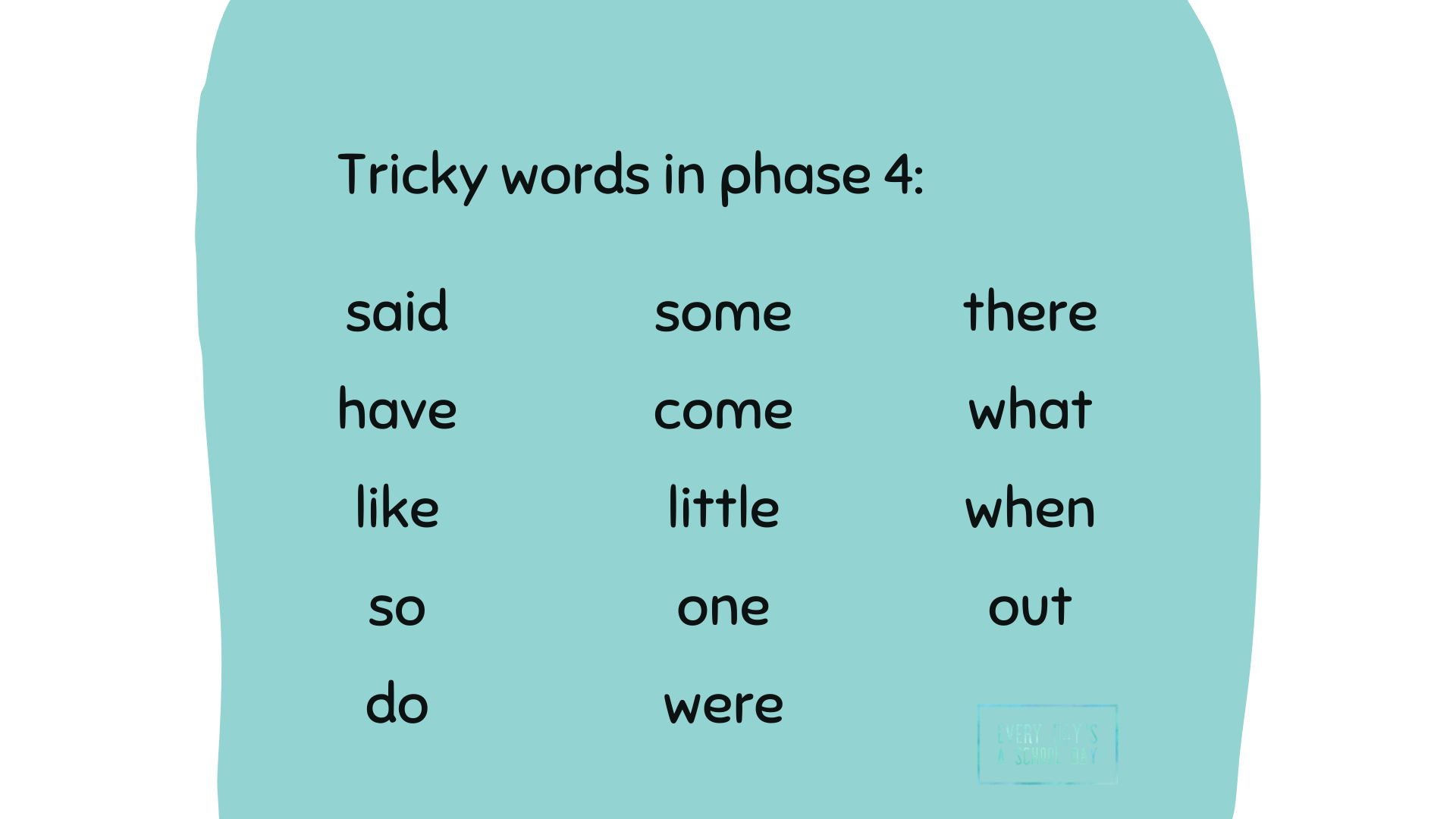
Phase 5: Phase 5 is taught in Year 1. Using previously learnt sounds, children learn where the same sounds are written with different letters and groups of letters. For example, they will learn the ‘ai’ sound in rain can also be written like ‘ay’ as in day or like ‘a_e’ as in cake. They also learn some new Tricky Words.
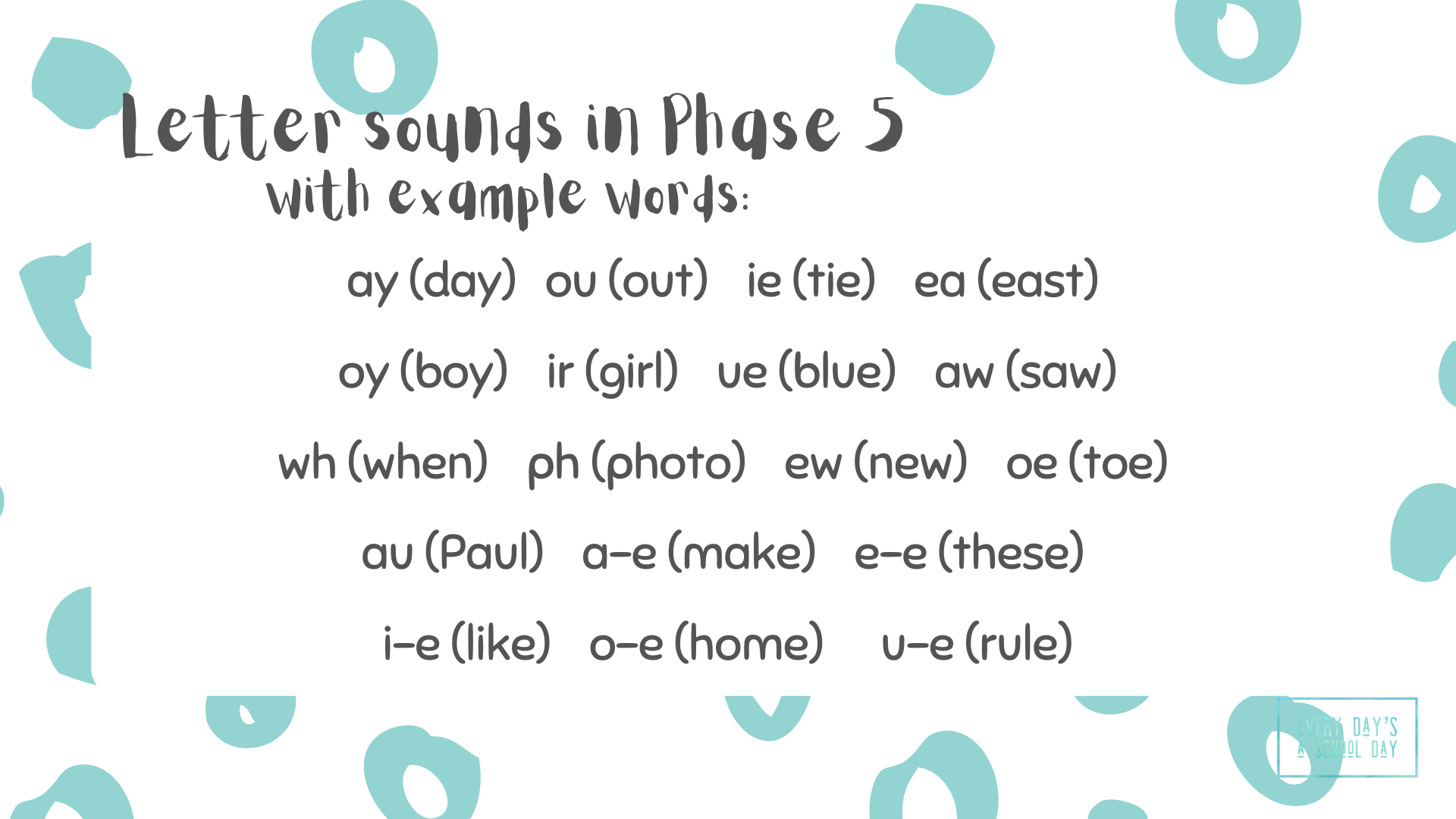
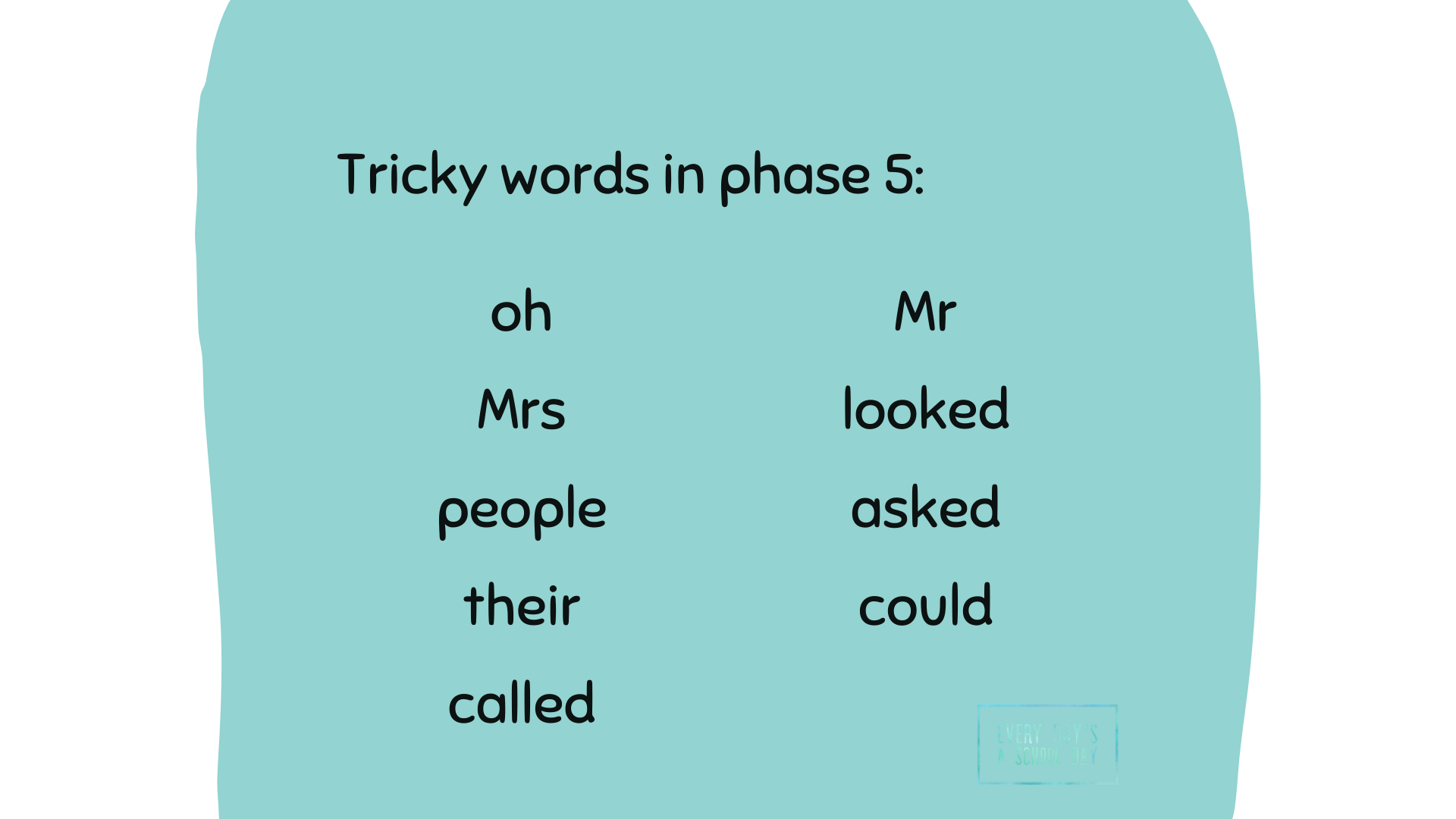
Phase 6: Taught in Year 2 this is the last phase of formal phonics learning. All of the sounds have been learnt and this phase includes understanding the past tense, word endings, using apostrophes and more to help children become more fluent with reading and spelling.
There are a wealth of resources to help support your child’s learning of sounds on the internet but sometimes it can feel like too much. All schools teach phonics but they will use a range of different methods for doing this. It is a really good idea to ask your child’s teacher what scheme they use at school. Then, you can then have a little google to see if there are helpful videos/ resources which match how your child is learning in school. Many schemes will have recognisable pictures, songs and actions to help your child remember the sounds and letter shapes. When your child starts bringing books home to read most schools try to select books which only feature words that they have been taught during their phonics and literacy sessions.
Phonics can include so many jargon terms which makes it even scarier. You might hear words like digraph, trigraph, blending, segmenting and phoneme to name just a few. If you’d like to know what all of these mean just pop to our jargon buster where we give you simple definitions that won’t hurt your brain!
We hope this is a useful overview and hasn’t been phonics overwhelm! We have lots of ways to help you more with your own knowledge and to support your child learning at home including two brilliant new online courses which you can access and learn in your own time. Check out the links below to learn more.
As always we would love you to get in touch to tell us if you found this helpful or if you have any questions at all.
Em and Vix xx
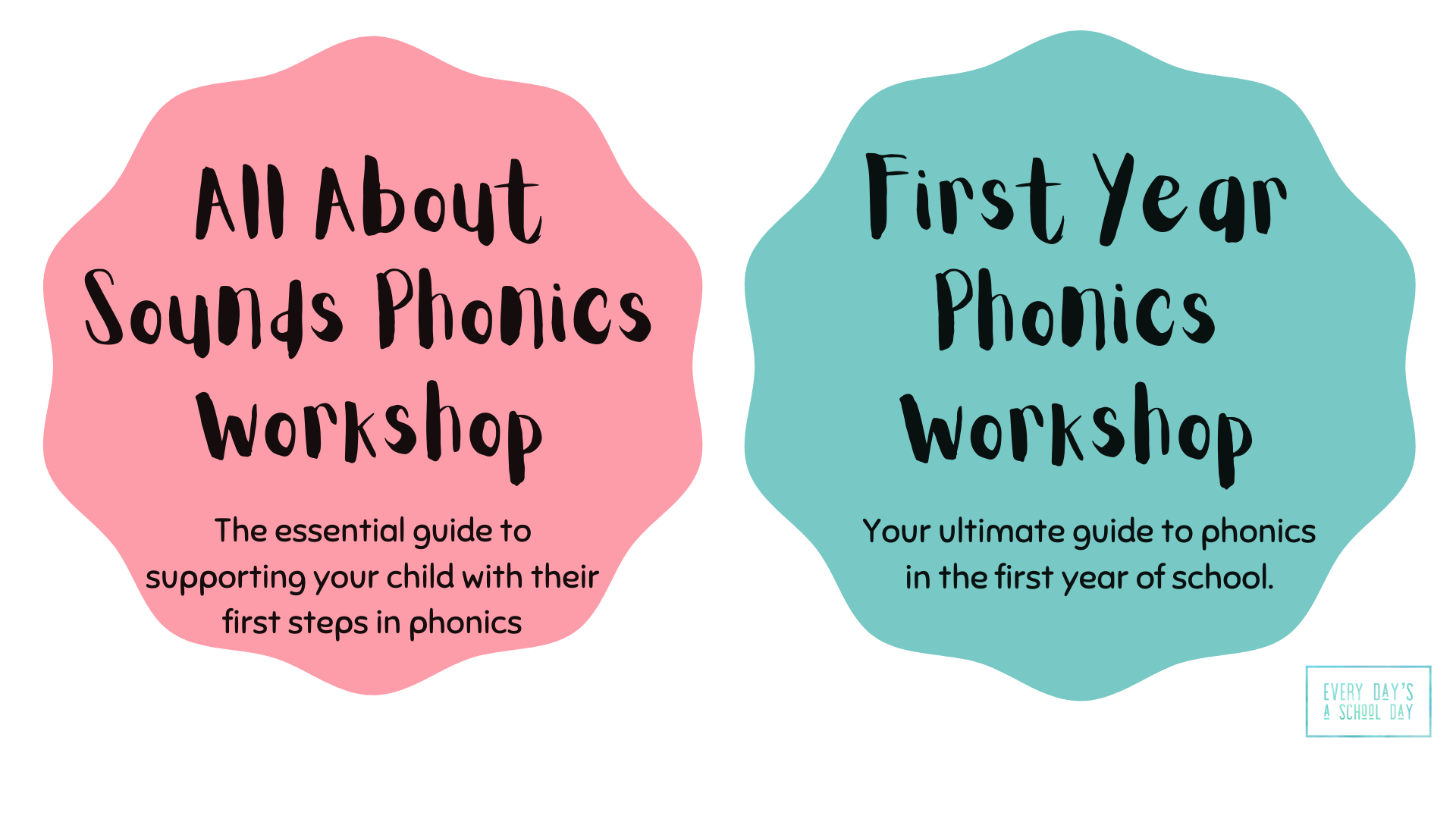
All About Sounds Online Workshop
If you have a child aged 2 – 4 this workshop gives you the tools to help them learn the first steps in phonics.
First Year Phonics
Your ultimate guide to phonics in the first year of school!
Our All About Sounds kit has everything you need to support your child to learn Phase 1 phonics. Full of handy tips, game ideas and resources, this kit is your one stop shop to ensuring your child is prepared for phonics when they start school.
